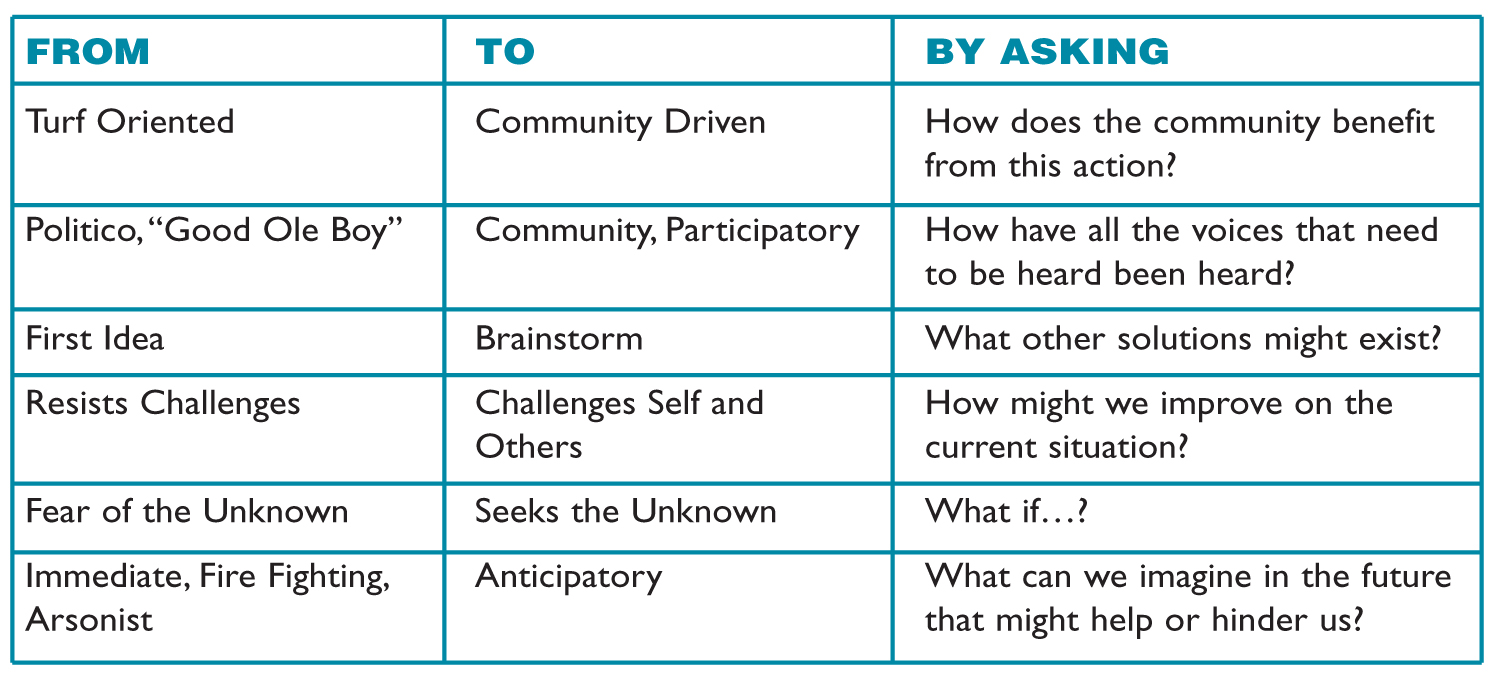Just the other day, a colleague made a comment reminiscent of so many similar remarks:, “You worked in a hospital. You understand all there is to know about system thinking.” I confess that I let the comment go and simply tried to focus on the content of our discussion, but the idea that systems thinking is intuitive or merely based on one’s experience is disconcerting.
On the other end of the continuum from this simplistic view of systems are causal loops and systems archetypes, tools that, for some, can be mind-boggling in their level of abstraction. I can imagine attempting to introduce these concepts at many of the organizations I have worked with and getting either the glassy-eyed response or the squinty glare of cynicism.
I desperately sense of the importance of systems thinking, particularly in dealing with some of today’s challenging organizational, environmental, and economic issues. But faced with an overly simplistic view or what some would consider an overly complex one, where do I go? If you are experiencing the same dilemma, you might try what I think of as a subversive approach to bringing systems thinking to the conversation.
A One-on-One Approach
TEAM TIP
Use the questions in the table—and others you might come up with as a group—to point conversations in a more systemic direction.
This concept began to take shape for me at the Pegasus Conference and pulls from many of the great ideas shared there as well as years of experience in organizational change. After the conference, I began to notice when people made statements that were “systems contrary.”, “Systems contrary,” as I perceive it, is an act or comment that lacks systems understanding, whether intentionally or not. Some examples are a quick-fix problem solution, a decision to favor a friend rather than analyze a problem, or implementation of a solution that involves others without consulting them.
To help people shift their thinking, I started connecting each contrary comment with one that was more systems focused and then identified a question that might move the dialogue in a more systemic direction. For instance, say that Joe is pushing to run a flashy (and extremely expensive) Super Bowl commercial that promotes a product that the company is phasing out. Elaine, wondering about the implications of doing so, simply asks, “What is the long-range impact of this action?” Or perhaps your community is initiating an effort to promote recycling, but leadership remains with the local power elite., “Whom might we reach out to beyond the normal suspects to expand this program?” might be the question. Oversimplified, but you get the idea.
A table began to emerge that summarized this information:

Sadly, the table kept getting larger, as there seems to be no end to “systems contrary” scenarios—at last count, I had about 28. But each serves a purpose, in that it offers an opportunity to insert a subversive piece of systems thinking in response.
I try to focus on one “systems contrary” statement a month. Every time someone makes a “systems contrary” comment, I inject a systems question. If I don’t make a concerted effort to do so, then I miss the opportunities, and systems thinking is too important to leave to chance.
Working Within a Group
My stealth process has focused mainly on interpersonal actions, but it works in groups as well. It’s easier to use structured approaches with groups than with individuals (although anything you might do with a group you could arguably do one-on-one). Tools can be ideal for subversively bringing systems into the conversation. Mind-mapping is a favorite in some areas. A visual process, it allows a group to readily see interrelationships. The “web of abstraction” approach has a similar visual element and assists with the concept of root-cause analysis as well as providing useful insight into resistance to change (described in Creative Leadership: Skills That Drive Change, by Gerard Puccio et al, Sage Publications, 2007). From a technological perspective, the use of wikis is becoming more popular as a means of expanding the conversation regarding an issue, and expansive thought processes tend to be more systemic in nature. And when properly facilitated, brainstorming—one of the oldest and least honored of these structured approaches—is bound to bring in some systems elements.
From the subversive’s perspective, opportunities for transformative learning are always a plus. I have seen organizational programs used effectively to support change toward systems thinking. Many organizations involved in continuous quality improvement or professional accreditation are moved toward systems thinking as part of the need to take a big-picture perspective on things.
Back to Beginnings
I keep a quote attributed to the Buddha on my office wall. It says, “I am always at beginning.” It reminds me, among many things, that the work of systems thinking is never done, and that efforts to bring this body of thought and practice into an organization are always challenging. To develop systems thinking as an organizational habit of mind may be easy in some places, but for me, I’ll have to stay the subversive’s course for a while longer. (If you’d like to see the complete table I’ve developed, you can email me at ECunliff@ucok.edu. I’d be happy to share it and would be open to conversing about the concept.)
Ed Cunliff, Ph. D., currently serves as AVP for Academic Affairs at the University of Central Oklahoma. He has more than 30 years of experience in innovative organizational development. Ed has worked in social services, healthcare, and higher education and has served in a consultative role with dozens of organizations.
